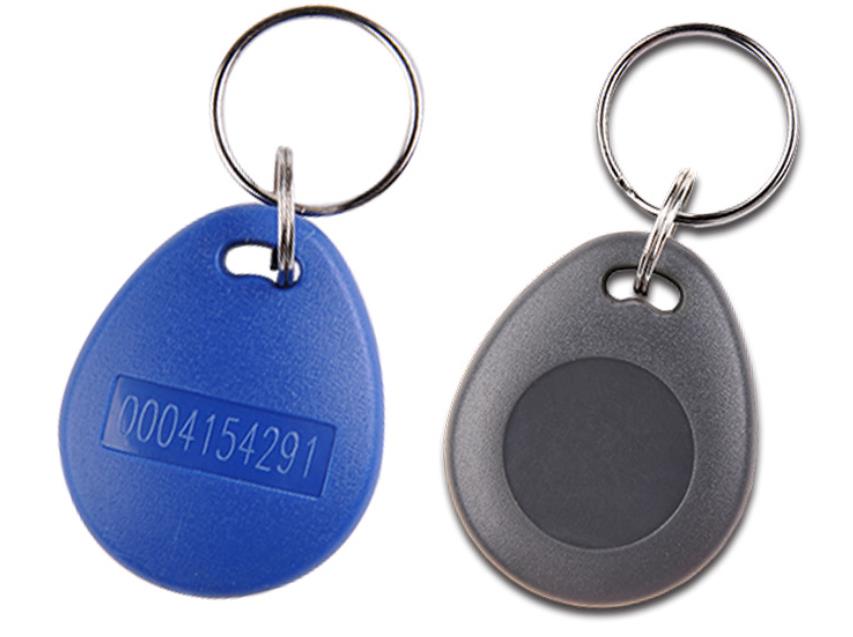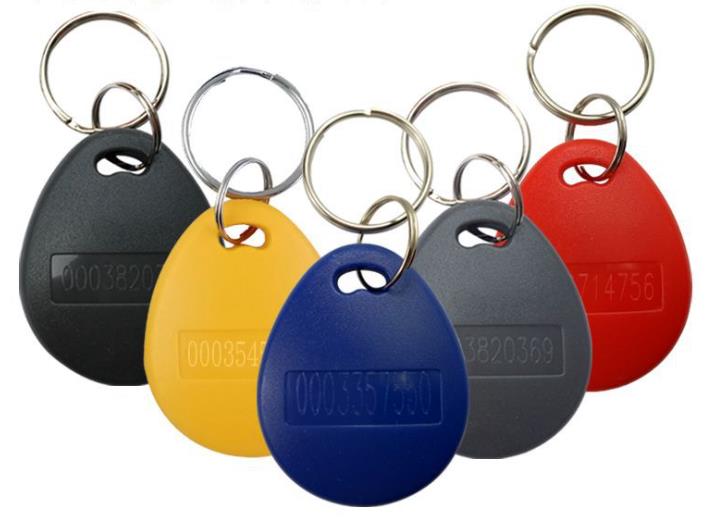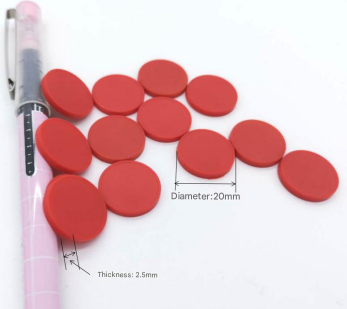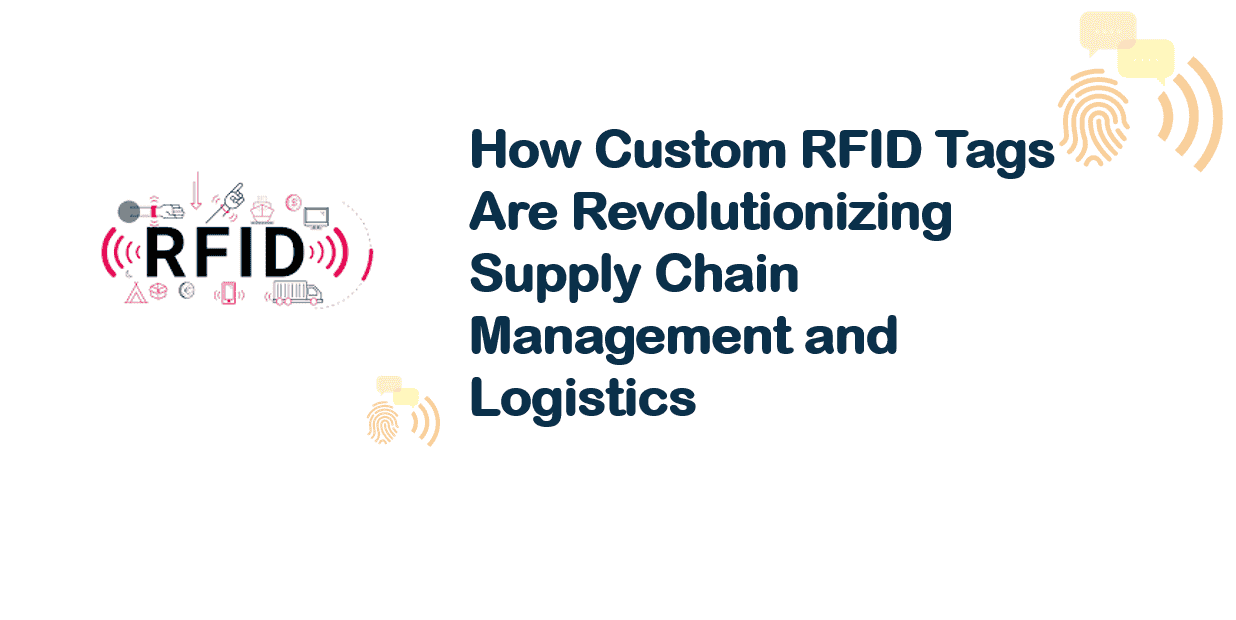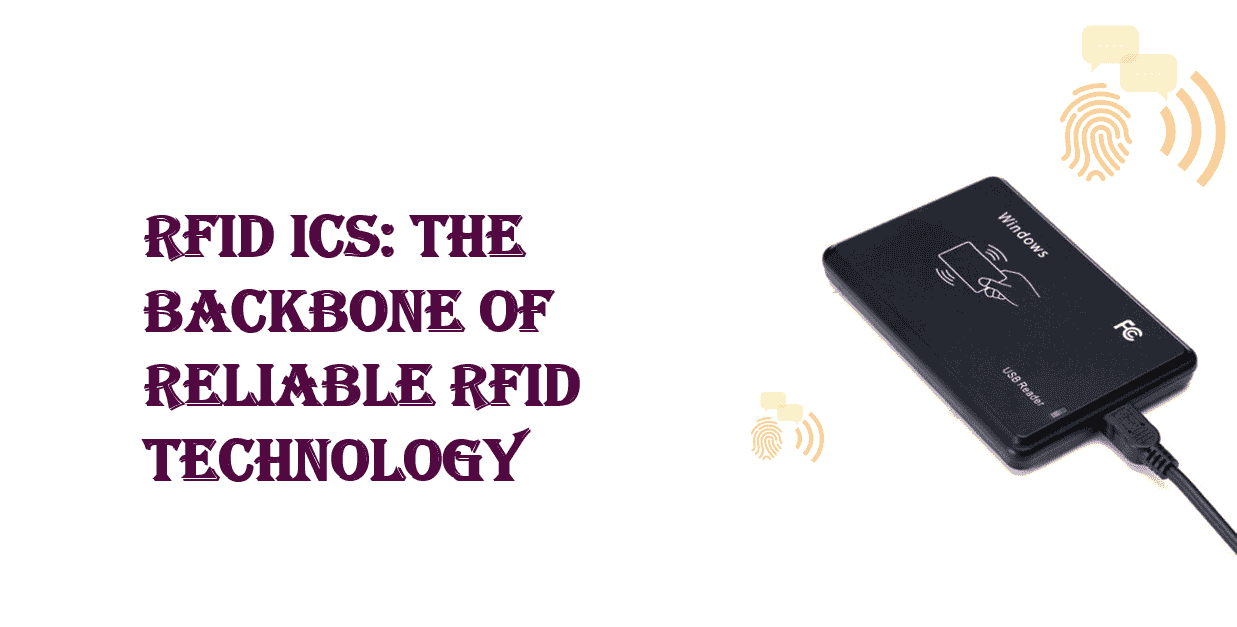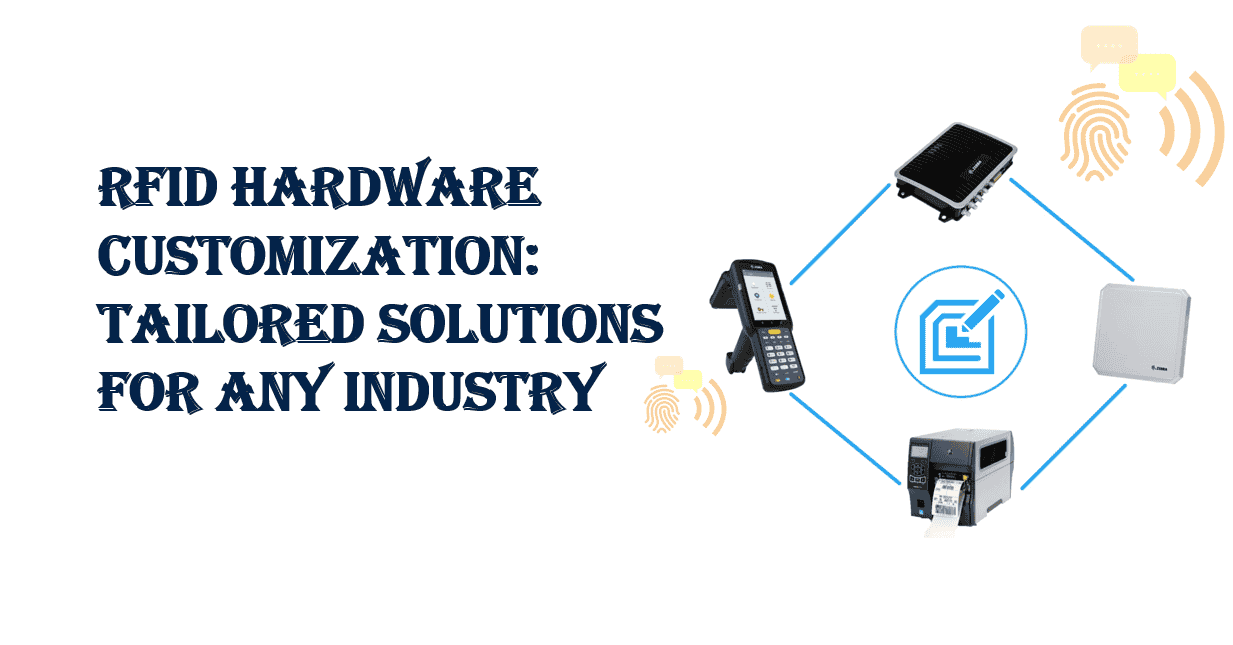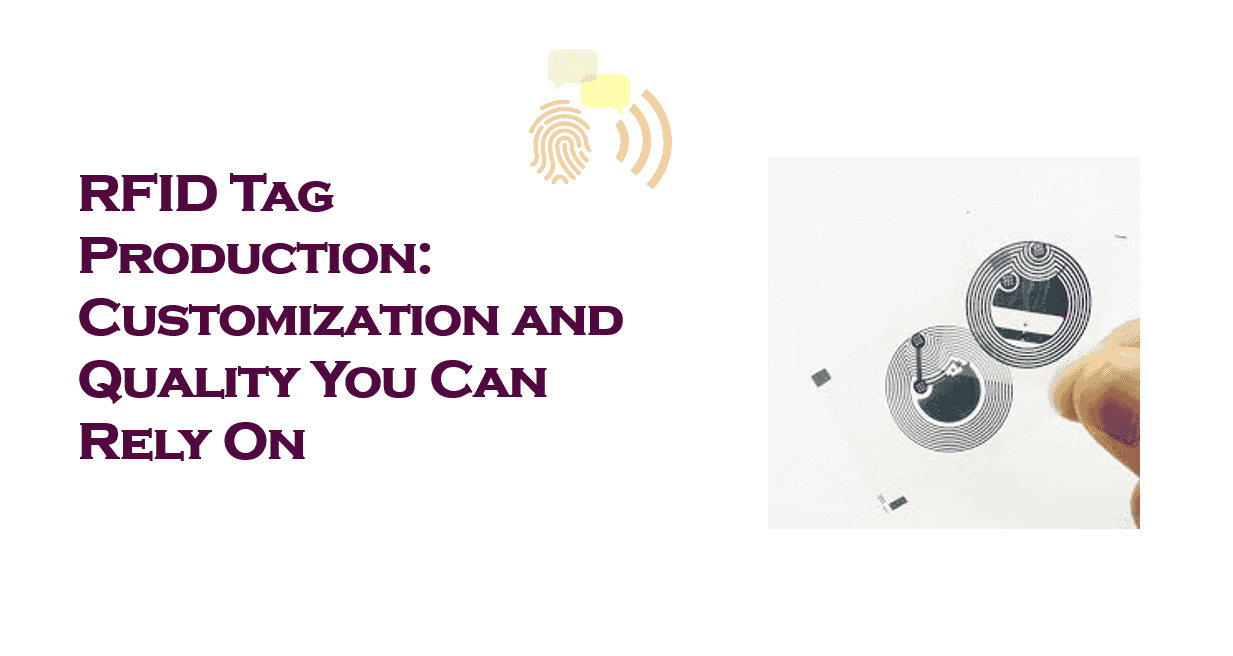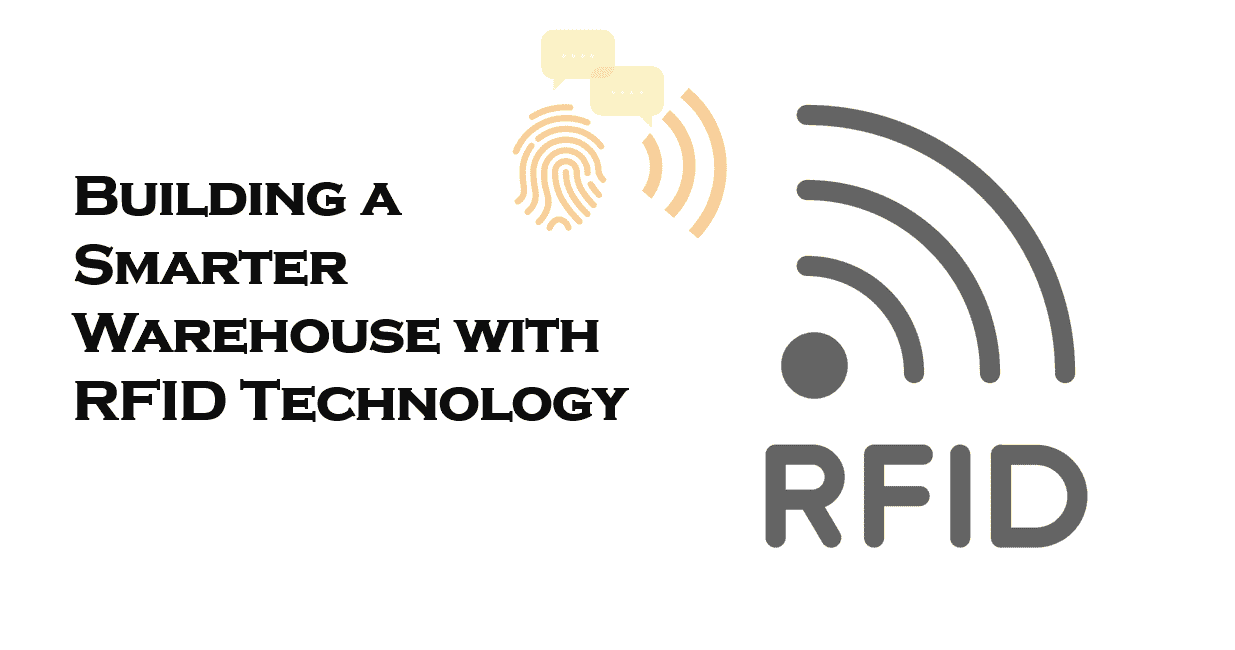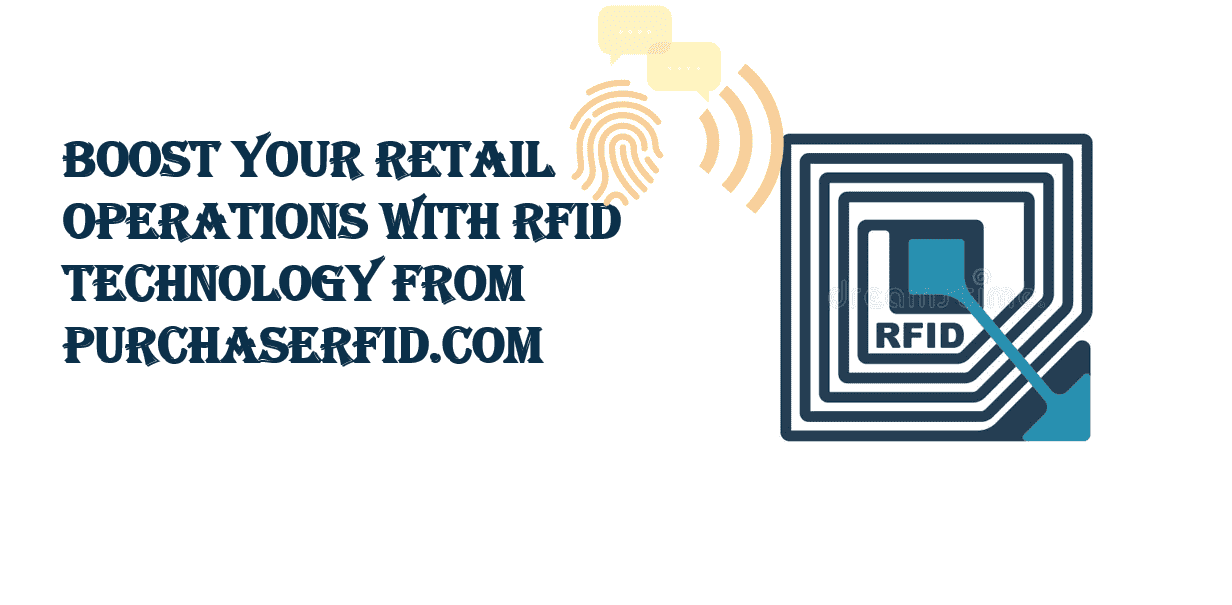Why Low Frequency RFID is Perfect for Access Control Systems
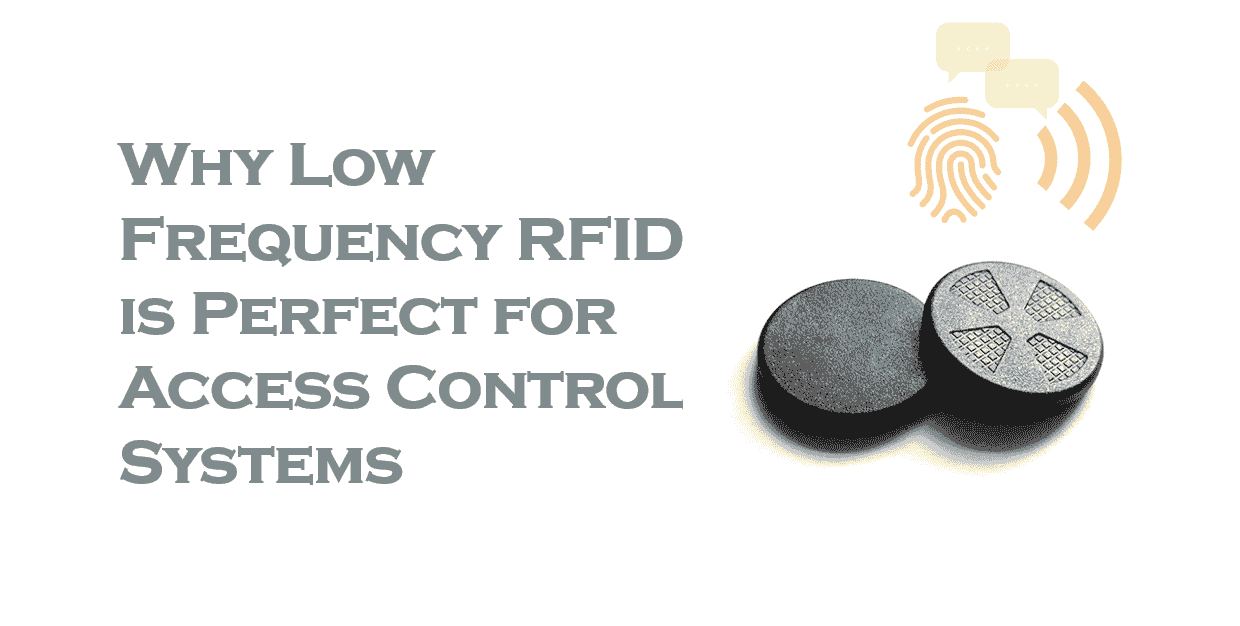
Why Low Frequency RFID is Perfect for Access Control Systems
In today's rapidly advancing world, security is more crucial than ever, particularly in access control systems. Whether for a corporate office, apartment building, or secure facility, maintaining a robust and reliable security system is essential. Low Frequency RFID (Radio Frequency Identification) technology is gaining traction as a powerful solution for access control. In this article, we will explore why low frequency RFID is an ideal choice for RFID access control systems and how it enhances security for various applications.
Table of Contents
- Introduction
- What is Low Frequency RFID?
- Advantages of Low Frequency RFID in Access Control Systems
- Applications of Low Frequency RFID in Access Control Systems
- Conclusion
What is Low Frequency RFID?
Low frequency RFID operates in the frequency range of 30 kHz to 300 kHz, with 125 kHz being the most common frequency used in access control systems. RFID systems use electromagnetic fields to identify and track tags attached to objects or people. The technology involves a reader that sends out a signal, and a tag that responds with its unique identification information. Low frequency RFID systems are known for their long-standing reliability, affordability, and simplicity, which makes them ideal for access control applications.
Advantages of Low Frequency RFID in Access Control Systems
1. Enhanced Security Features
Low frequency RFID for security systems provides a high level of security by ensuring only authorized personnel gain access to restricted areas. The technology offers several features that enhance safety:
- Encrypted Communication: Many low frequency RFID systems employ encryption protocols, making it harder for hackers to intercept or replicate signals.
- Tamper Resistance: RFID access control tags are often built with tamper-resistant features, ensuring that any unauthorized attempts to disable or alter the tag are quickly detected.
- Access Logging: RFID systems can log every entry and exit attempt, providing a detailed record of user activity. This data can be used to investigate incidents or unauthorized access attempts.
2. Cost-Effectiveness
Low frequency RFID systems are relatively inexpensive compared to higher frequency RFID options. The lower cost of implementation, maintenance, and replacement makes them a highly affordable choice for businesses, especially for those with a large number of access points. Many organizations find low frequency RFID an attractive option for their access control needs, as it offers solid security without breaking the budget.
3. Durability and Reliability
Low frequency RFID tags are designed to withstand harsh environmental conditions, such as extreme temperatures, humidity, and physical stress. This durability is especially important in industries where access control points are exposed to challenging environments, like manufacturing plants, warehouses, and construction sites. Additionally, low frequency RFID signals have a strong ability to penetrate non-metallic materials, ensuring reliable performance in various settings, whether indoors or outdoors.
4. Ease of Use
One of the main reasons low frequency RFID is popular for access control systems is its user-friendly operation. Users simply present their RFID card or tag to the reader, which quickly identifies them and grants access. The process is fast and efficient, minimizing wait times and ensuring smooth access for employees, residents, or visitors. Furthermore, RFID tags are compact and easy to carry, often taking the form of key fobs, cards, or wristbands, adding convenience for end-users.
5. Low Power Consumption
Low frequency RFID systems consume significantly less power than higher frequency systems. This makes them an energy-efficient choice for access control, contributing to long-term cost savings, especially in facilities with numerous access points. Since the tags do not require an internal power source (they are passive), they have a longer lifespan and need minimal maintenance.
6. Minimal Interference
Unlike higher frequency RFID systems, which can be susceptible to interference from metals and liquids, low frequency RFID systems perform well in environments where these factors are present. For example, in industrial or healthcare settings, where metal doors, equipment, or even liquids could interfere with the RFID signal, low frequency RFID provides a reliable solution. This resistance to interference ensures smoother operation and fewer instances of access failure.
Applications of Low Frequency RFID in Access Control Systems
Low frequency RFID technology is used across various industries and sectors, making it a versatile choice for access control. Here are a few applications where it plays a vital role:
1. Corporate Offices
In corporate environments, low frequency RFID is used to secure access to sensitive areas, such as server rooms, research facilities, and restricted office spaces. Employees are issued RFID cards or key fobs, which they can use to quickly and securely enter authorized areas. The ability to log access events also helps companies track who enters and exits specific rooms, providing an extra layer of security and accountability.
2. Residential Buildings
Many residential complexes are now turning to low frequency RFID for building access. Residents and authorized personnel are provided with RFID-enabled key fobs or cards that grant them access to the building, common areas, and private apartments. This system eliminates the need for traditional keys, which can be lost or copied, and offers a more convenient and secure way for residents to access their homes.
3. Warehouses and Manufacturing Facilities
In industries like warehousing and manufacturing, access control systems help prevent unauthorized entry into high-security zones, such as storage areas or production lines. Low frequency RFID tags can be attached to worker badges or uniforms, allowing quick and easy access while maintaining high levels of security. Additionally, RFID systems can be used to track inventory, further enhancing the efficiency of operations.
4. Healthcare Institutions
In healthcare settings, low frequency RFID plays a critical role in both patient and staff access control. Hospitals, clinics, and medical centers rely on RFID technology to secure restricted areas, including operating rooms, pharmacies, and storage areas for expensive medical equipment. This ensures that only authorized personnel can access sensitive medical data and equipment, enhancing the safety of both staff and patients.
Conclusion
Low frequency RFID offers a wealth of advantages that make it an ideal solution for access control systems. Its cost-effectiveness, durability, security features, and ease of use make it a popular choice for businesses, institutions, and residential complexes looking to enhance security and streamline operations. As RFID technology continues to evolve, its application in security systems will only become more widespread, providing organizations with an efficient, reliable, and secure way to manage access control. If you're looking for a security system that balances reliability, affordability, and performance, low frequency RFID is an excellent choice for your access control needs.
Related Products
Here are some key statistics and facts that can support and enhance the article on why low frequency RFID is perfect for access control systems:
1. Global RFID Market Growth
- The global RFID market is expected to grow from $10.7 billion in 2020 to $18.7 billion by 2025, at a compound annual growth rate (CAGR) of 11.4%. This reflects the increasing adoption of RFID in various sectors, including access control systems (Source: MarketsandMarkets).
2. Adoption in Access Control Systems
- According to a 2023 study by Research and Markets, 48% of organizations worldwide have adopted RFID-based access control systems for securing premises, with low frequency RFID being one of the preferred choices due to its cost-effectiveness and simplicity.
3. Security Benefits
- 90% of organizations using RFID-based access control report significant improvements in security and operational efficiency. RFID systems, including low frequency, enable real-time tracking and access logging, reducing the risks of unauthorized entry (Source: Global RFID Report, 2022).
4. Cost-Effectiveness
- Low frequency RFID systems can cost up to 40% less to implement than high-frequency or UHF RFID systems. This makes them a popular choice for organizations looking for a budget-friendly yet secure solution (Source: RFID Journal).
5. Energy Efficiency
- Low frequency RFID tags are passive and do not require a power source. As a result, they have a longer lifespan, often exceeding 10 years. This low power consumption is one of the primary reasons RFID systems are considered highly energy-efficient for access control (Source: ScienceDirect).
6. Durability in Harsh Environments
- Low frequency RFID tags are highly durable and are able to withstand extreme conditions. Studies have shown that these tags are resistant to extreme temperatures ranging from -40°C to +85°C and can function in environments with high humidity, dust, and physical stress (Source: RFID Solutions Review).
7. Adoption in Healthcare
- Over 60% of hospitals in the U.S. have adopted RFID technology for access control, patient tracking, and securing sensitive areas like pharmacies and operating rooms. Low frequency RFID is particularly popular in these settings for its robustness and reliability (Source: American Hospital Association).
8. RFID Market Segments
- In the RFID market, low frequency RFID accounts for approximately 30-35% of the total RFID tag shipments, especially in access control and asset tracking applications, making it one of the most widely used frequencies for security systems (Source: IDTechEx).
